Experiencing your engine check light suddenly start flashing while your car is shaking can be an alarming and worrisome experience for any driver. This article will provide an in-depth explanation of the most common reasons behind a flashing check engine light and shaking car, what you should do when it happens, and how to troubleshoot the root causes. Read on to gain peace of mind the next time your engine starts acting up!
The engine check light, also known as the malfunction indicator lamp, is located on your car’s instrument panel and illuminates when the vehicle’s onboard computer (ECU – engine control unit) detects a problem with one of the monitored systems. This warning light can indicate minor issues like a loose gas cap to more severe problems like catalytic converter failure.

Flashing of the check engine light means there is a current issue causing misfires of the engine’s cylinders. The uneven power pulses created by misfiring cylinders can cause the car to vibrate or shudder as you drive.
What Does a Flashing Check Engine Light Indicate?
A flashing check engine light is your car’s way of saying “I have a serious problem, please check me now!” Unlike a solid check engine light which can sometimes be ignored for a short trip before getting fixed, a flashing light is warning you of current danger to your engine. Driving with a flashing check engine light can lead to catalytic converter damage and even engine failure.
Some of the most common causes of a flashing check engine light include:
- Faulty ignition coils
- Defective spark plugs
- Failed fuel injector
- Sticking EGR valve
- Bad cylinder compression
- Faulty camshaft or crankshaft sensors
- Vacuum leaks
These issues cause misfires and unbalanced air-fuel ratios as you drive, creating inconsistent power pulses.
Why is My Car Shaking with the Check Engine Light Flashing?
The check engine light flashing alongside shaking and sputtering of the engine all come down to cylinder misfires. Each cylinder in your engine works together with the others to produce smooth and consistent power. When one or more cylinders fails to fire properly, the power balance of the engine is thrown off.
The misfiring cylinders send vibrations through the engine block which translate into noticeable shaking felt in the steering wheel, seats, and floor. These simultaneous symptoms point to an urgent engine issue.
What Should I Do if My Check Engine Light Starts Flashing?
- Safely pull over and turn off the engine as soon as possible. Continuing to drive with multiple cylinder misfires can cause catalytic converter failure and permanent engine damage.
- Check all engine fluids including oil, coolant, transmission fluid, brake fluid and power steering fluid. Top up any that are low.
- Restart the engine and evaluate if the check engine light is still flashing. Also take note if the shaking and sputtering is still present.
- Avoid driving the vehicle. Have it towed to your trusted mechanic for diagnostic testing if needed.
- Use an OBD2 scanner tool to extract any trouble codes from the ECU which can help the mechanic pinpoint the likely culprit. Common trouble codes for misfires include P0300, P0301, P0302 etc.
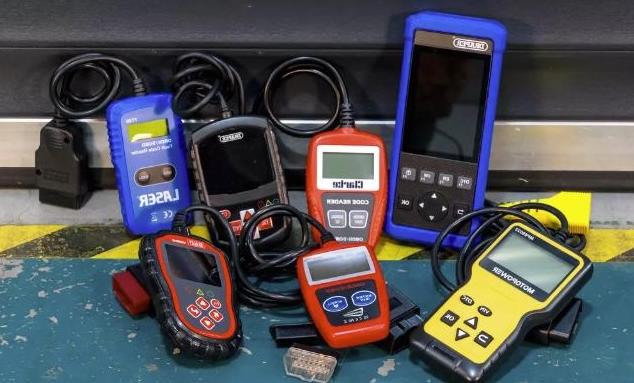
Following these steps can help minimize additional vehicle damage when dealing with a flashing check engine light. Now let’s explore some of the most common mechanical causes.
5 Main Causes of a Flashing Check Engine Light and Shaking
There are a variety of engine issues that can cause the symptoms of check engine light flashing, engine shaking, and lack of power. Here are 5 of the most common mechanical causes:
1. Faulty Ignition Coils
The ignition coil produces the high voltage electricity needed to create a spark to ignite the fuel/air mixture in the cylinders. If coil failure occurs, it cannot provide the sufficient spark which results in cylinder misfires. Bad ignition coils will often affect multiple cylinders at one time causing a rougher running engine.
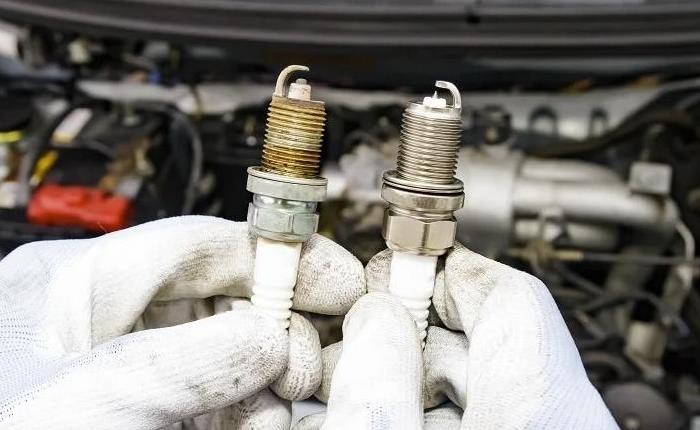
2. Defective Spark Plugs
Over time spark plugs become fouled or the electrodes wear down, preventing them from sparking properly. This results in weak or non-existent sparks in the affected cylinders. Bad spark plugs are one of the most common reasons for an engine misfire.

3. Clogged Fuel Injectors
The fuel injectors spray a fine mist of fuel into each cylinder’s combustion chamber. If an injector becomes clogged with deposits it cannot deliver the proper amount of fuel, causing a lean air-fuel mixture and misfire.
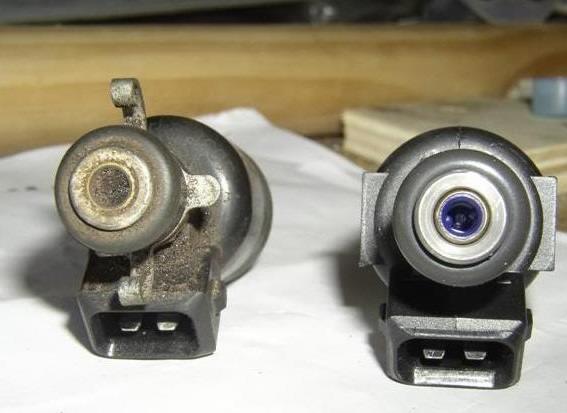
4. Vacuum Leaks
Vacuum leaks allow unmetered air to enter the engine and upset the air-fuel ratio. This commonly occurs due to cracked hoses, a loose intake manifold gasket, or leaking PCV valve. The ECU cannot compensate for a large vacuum leak, resulting in cylinder misfires.
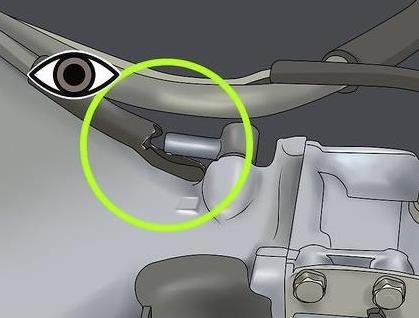
5. Camshaft/Crankshaft Sensors
These engine position sensors provide vital timing signals for fuel injection and spark events. If either sensor fails, it sends incorrect timing signals to the ECU which can cause random misfires and shaking.
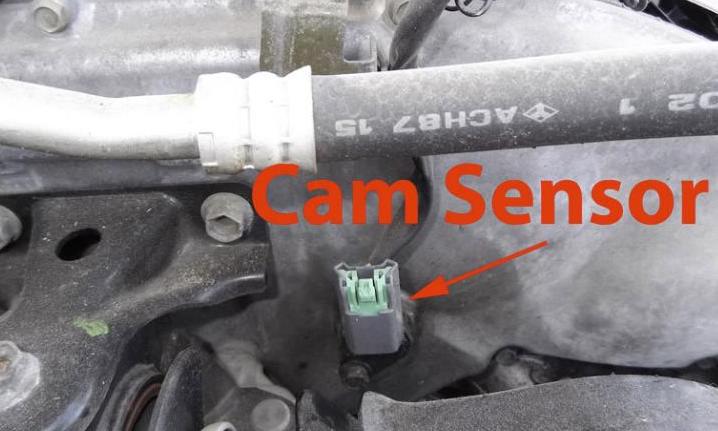
Steps to Diagnose and Repair Check Engine Light Causes
Once you have safely addressed the immediate issues of engine shaking and flashing check engine light by turning off the vehicle and having it towed to your repair shop, the next step is troubleshooting the root causes. Here is an overview of how your mechanic will diagnose and repair these engine issues:
- Retrieve trouble codes – The mechanic will connect a diagnostic scan tool to access any stored trouble codes for cylinder misfires or sensor failures. This information can provide a starting point.
- Inspect ignition system – Visually check spark plugs and ignition coil condition. Do resistance tests on coils to confirm if any are damaged. Replace components as needed.
- Fuel system tests – Check fuel pressure and injector operating times. Clean injectors if dirty or replace defective ones. Inspect for intake system vacuum leaks.
- Crankshaft/cam sensors – Check connector condition and scan tool sensor data. Perform resistance tests of sensors and wiring. Replace failed components.
- Test compression – Do a compression test which can identify rings, valves or gaskets leaking compression from cylinders.
- Additional scans – After repairs, rescanning the ECU and taking a test drive to confirm check engine light is no longer flashing and misfires are resolved.
By methodically troubleshooting each possible root cause, your mechanic can accurately diagnose and repair the problem, getting your engine running smoothly again!
Long Term Effects of Driving with a Flashing Check Engine Light
The check engine light flashing is designed as an urgent warning not to be ignored. By continuing to drive with misfiring cylinders, you risk damaging the catalytic converter and oxygen sensors due to raw fuel and abnormal exhaust temperatures.
The shaking engine can also damage motor mounts and lead to additional stress on other drive components. For severe misfires, excessive unburned fuel can cause engine overheating, piston and cylinder head damage.
Many drivers have limped their vehicles for short distances when faced with a flashing check engine light. But this highly inadvisable and risks expensive damage. The best course of action is to immediately turn off the engine and have your vehicle repaired.
Can I Reset the Check Engine Light Myself?
While you can reset the check engine light at home using an OBD2 scanner tool, this does not actually correct the underlying problem. The light will simply illuminate again after more driving time when the ECU detects the same issue.
Resetting the light without addressing root causes also means you lose any diagnostic information stored in the ECU which mechanics need to properly troubleshoot issues. Leave the light on until comprehensive repairs can be completed.
Top 5 Things to Remember about a Flashing Check Engine Light
- Do not ignore – the flashing light is signaling current engine damage!
- Stop safely, turn off engine, have vehicle towed for repair
- Indicates engine misfires from common issues like bad coils, spark plugs, injectors, etc.
- Driving with flashing light risks catalytic converter and engine failure
- Have vehicle diagnosed and repaired completely before resetting light
Experiencing your check engine light flashing and car shaking while driving can be stressful and alarming. In this article, we covered the major indicators of cylinder misfires, their common mechanical causes, steps your mechanic takes to diagnose and fix the problems, and importantly, the right actions you should take as the driver when this happens. Don’t ignore the warning signs – have your vehicle serviced promptly when facing this issue to avoid further damage down the line.








